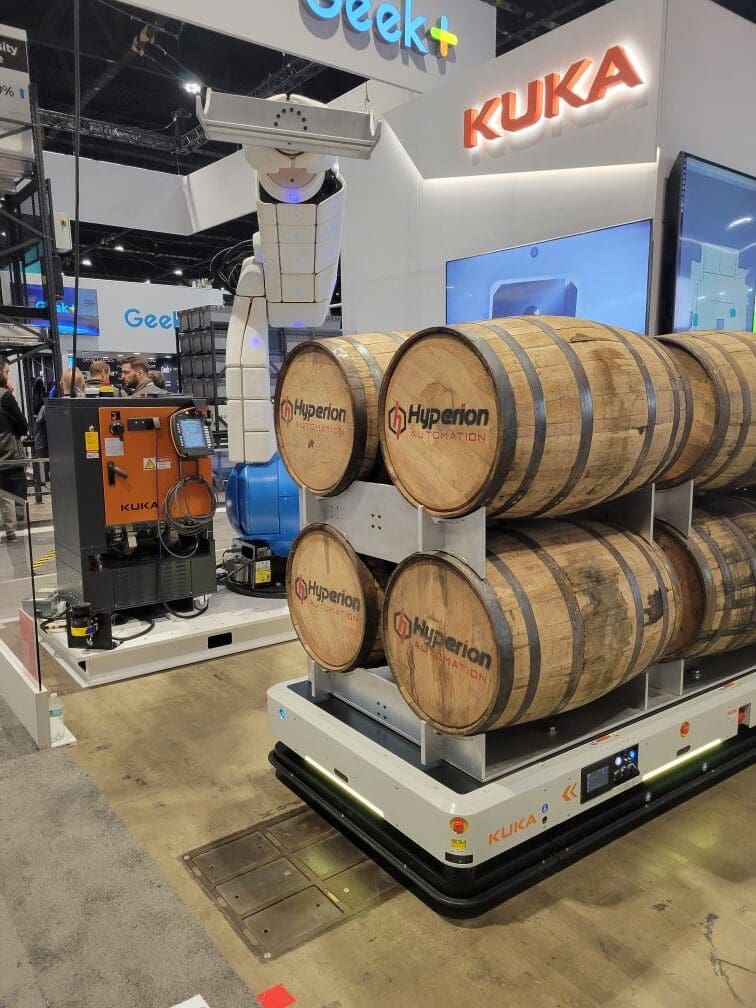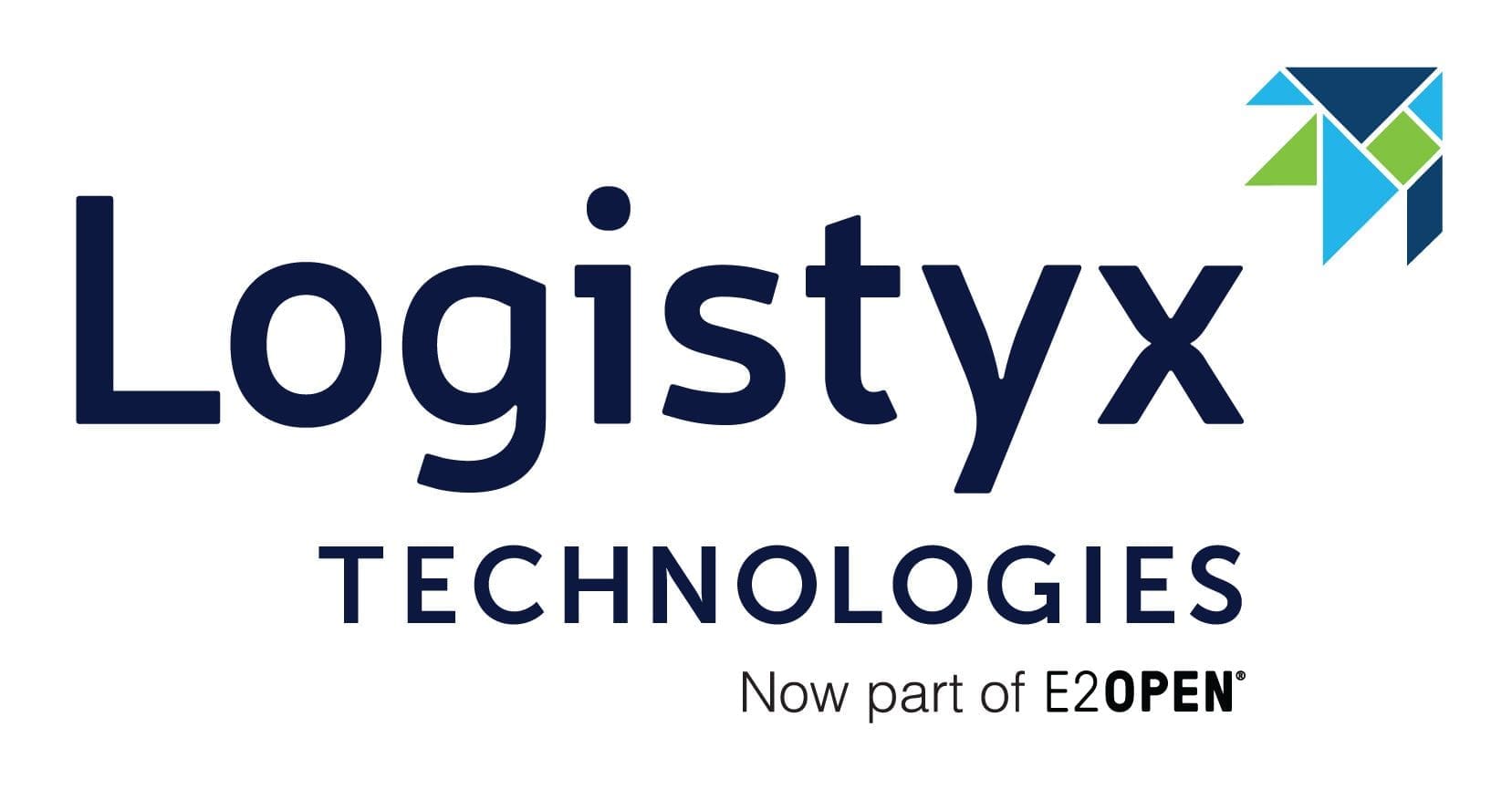 The cavernous halls of McCormick Place in Chicago played host to ProMat 2025, a sprawling testament to the relentless innovation shaping the future of manufacturing and supply chain. This year’s exhibition, held from March 17th to 20th, resonated with a palpable urgency, driven by a challenge that casts a long shadow over the industry: the persistent and intensifying labor shortage in warehousing and logistics. While ProMat has always been a showcase of cutting-edge technology, the 2025 edition felt particularly focused on solutions designed to alleviate the strain on human capital, with robotics taking center stage as a powerful and increasingly viable answer.
The cavernous halls of McCormick Place in Chicago played host to ProMat 2025, a sprawling testament to the relentless innovation shaping the future of manufacturing and supply chain. This year’s exhibition, held from March 17th to 20th, resonated with a palpable urgency, driven by a challenge that casts a long shadow over the industry: the persistent and intensifying labor shortage in warehousing and logistics. While ProMat has always been a showcase of cutting-edge technology, the 2025 edition felt particularly focused on solutions designed to alleviate the strain on human capital, with robotics taking center stage as a powerful and increasingly viable answer.
The warehousing and logistics sector has been grappling with a growing labor crisis for years, a situation exacerbated by factors ranging from an aging workforce and demanding physical labor to increased e-commerce volumes and evolving worker expectations. High turnover rates, recruitment difficulties, and the sheer volume of work required to keep supply chains flowing have created a critical need for automation. ProMat 2025 served as a crucial platform for businesses seeking tangible solutions to this pressing issue, and the sheer number and sophistication of robotic offerings were a clear indication of the industry’s direction.
The Rise of Warehouse Robotics: A Multifaceted Approach
Robotics in the warehouse is no longer a futuristic concept; it is a rapidly evolving reality, offering a spectrum of solutions tailored to various operational needs. ProMat 2025 provided a comprehensive overview of the current state-of-the-art, highlighting several key areas where robotics is making significant inroads in addressing labor challenges:
Dense Storage Solutions: Maximizing Space and Automation
With warehouse space at a premium and the need for efficient storage increasing, dense storage solutions integrated with robotics are gaining significant traction. Robotic Automated Storage and Retrieval Systems (AS/RS) were prominently featured, demonstrating their ability to maximize storage density while automating the putaway and retrieval of goods. These systems, often utilizing vertical space and intricate robotic movements, reduce the need for extensive aisle space and manual picking, thereby minimizing labor requirements and increasing throughput. The integration of sophisticated software allows for optimized storage strategies and faster order fulfillment, directly addressing the need for efficiency in the face of labor constraints.
Autonomous Mobile Robotics (AMRs): Intelligent Movement and Task Execution
Autonomous Mobile Robots (AMRs) have emerged as a versatile solution for a wide range of warehouse tasks. Unlike traditional Automated Guided Vehicles (AGVs) that rely on fixed pathways, AMRs utilize advanced sensors, cameras, and mapping software to navigate autonomously around obstacles and optimize routes in dynamic warehouse environments. ProMat 2025 showcased AMRs performing tasks such as goods-to-person picking, transporting materials, and even assisting with pallet movement. Their flexibility and ability to adapt to changing layouts and tasks make them a powerful tool for augmenting human labor and improving overall efficiency. By taking over repetitive and physically demanding transportation tasks, AMRs free up human workers for more complex and value-added activities.
Aerial Inventory Management: The Eyes in the Sky
While still a developing area, drone technology for warehouse inventory management was also present at ProMat 2025, highlighting its potential to address the time-consuming and often hazardous task of manual inventory checks. Autonomous drones equipped with cameras and scanning technology can navigate warehouse aisles, capture inventory data, and identify discrepancies with greater speed and accuracy than human workers. This technology not only reduces the labor required for inventory management but also provides real-time insights into stock levels, minimizing errors and improving overall inventory accuracy.
Robotic Picking: Precision and Versatility in Order Fulfillment
The picking process, a labor-intensive and often error-prone aspect of warehousing, is a prime target for robotic automation. ProMat 2025 featured a diverse array of robotic picking solutions, ranging from stationary robotic arms integrated with vision systems to mobile robots equipped with grasping capabilities. These robots are increasingly sophisticated, capable of handling a wide variety of items with different shapes, sizes, and textures. Advanced AI and machine learning algorithms enable them to identify and grasp items accurately, improving order fulfillment speed and reducing picking errors, directly mitigating the impact of labor shortages in this critical area. Collaborative robots (cobots), designed to work safely alongside human workers, also presented a compelling option for augmenting picking tasks and reducing the physical strain on employees.

A Walk Through Innovation Alley: Booth Highlights
My exploration of the ProMat 2025 exhibition floor provided a tangible understanding of the robotic solutions poised to tackle the labor crisis. Here are summaries of the key displays from the booths I visited:
Quicktron: Focused on their M5F AMR, highlighting its versatility and applications in warehouse automation, particularly for brownfield implementations.
XYZ Robotics: Showcased their advanced AI-driven robotic picking systems, emphasizing their ability to handle diverse SKUs with high accuracy and seamless integration with other warehouse technologies.
Universal Robots: Emphasized the versatility and ease of use of their collaborative robots (cobots) for various material handling tasks, integrated with a robust UR+ ecosystem.
ForwardX Robotics: Displayed their comprehensive range of vision-based AMRs, including the Flex 600-LS, Apex C1500-L, and Max 1500-L, highlighting their AI-powered navigation and integrated logistics capabilities.
Seegrid: Featured their advanced AMR solutions, particularly the Lift CR1 AMR for high-lift applications, and their “Sliding Scale Autonomy” concept for flexible automation.
Geek+: Showcased their high-density storage solutions and goods-to-person robotics, emphasizing scalability and practical steps for warehouse modernization.
Ambi Robotics: Demonstrated their AI-powered robotic picking solutions, including AmbiSort and AmbiKit, emphasizing dexterity and precision in handling diverse items.
Tompkins Robotics: Showcased their flexible and efficient tSort robotic sortation systems, adaptable to various warehouse layouts and scalable for changing needs.
Pickle Robot: Conducted live demonstrations of their robotic truck unloading solutions, emphasizing their ability to handle messy piles and the use of “Physical AI.”
KUKA: Unveiled their KMP 3000P heavyweight AMR and demonstrated integrated robotic cells combining AMRs with industrial robots and cobots for enhanced efficiency.
Autostore: Focused on their high-density cube storage AS/RS, highlighting partnerships with Kardex and Element Logic to provide integrated automation solutions.
Berkshire Grey: Showcased their AI-powered robotic picking solutions, the V3 Robotic Put Wall, and the RPSi robotic package sortation system, emphasizing end-to-end automation.
Agility Robotics: Demonstrated the capabilities of their humanoid robot, Digit, performing autonomous tasks like tote loading and unloading, highlighting the potential of humanoid robots in material handling.
Brightpick: Provided live demonstrations of their Brightpick Autopicker for in-aisle robotic picking and order consolidation, emphasizing its versatility and AI-powered vision.
Hai Robotics: Displayed their HaiPick Climb system for goods-to-person automation in existing warehouses and the HaiPick System 3 for high-density storage and throughput.
Attabotics: Highlighted their 3D robotic AS/RS and their new “Fulfill” AI-orchestrated fulfillment software, emphasizing efficiency and density.
Slip Robotics: Showcased their SlipBot automated loading robots for truck loading and unloading, emphasizing speed, safety, and ease of integration without IT infrastructure changes.
SEER Robotics: Debuted their SPT-1000 autonomous pallet truck with AI-powered pallet recognition and showcased their SRC robot controllers and software solutions.
MyBull Intelligent Machinery: Demonstrated their range of AMR solutions, including autonomous tow tractors and unmanned forklifts for various industrial logistics applications.
Libiao Robotics: Featured their AMR-based parcel sortation systems, emphasizing flexibility, scalability, and high-speed, accurate sorting capabilities.
Corvus Robotics: Showcased their autonomous drone system for inventory management, highlighting their integration partnership with Honeywell and the use of computer vision.
Lab0: Debuted their fully autonomous RoboGlide warehouse system for end-to-end inbound logistics, emphasizing its humanoid-inspired design and AI-powered vision and motion planning.Yaskawa: Displayed a comprehensive range of industrial robots and cobots for material handling and logistics, highlighting their Pallet Builder™ software and various application-specific solutions.
Gather AI: Introduced their MHE Vision AI-driven camera system for real-time material handling visibility and analytics, emphasizing warehouse digitization.
Plus One Robotics: Focused on their advanced palletizing and depalletizing solutions, highlighting their partnership with beRobox and the launch of their new Partner Portal.
FANUC: Presented a wide range of robotic solutions for warehousing and logistics, including mobile robotic order fulfillment, full-layer depalletizing, and tote consolidation.
Locus Robotics: Introduced LocusINTELLIGENCE AI-driven business intelligence software and showcased their Locus Array fully robotic zero-touch fulfillment system.
Ocado Intelligent Automation (OIA): Featured their OSRS, the debut of the Porter AMR, the Chuck AMR, and OCADEX robotic pick arms, emphasizing integrated automation solutions.
Oceaneering Mobile Robotics (OMR): Showcased their MaxMover™ and UniMover™ AMRs for industrial applications and strategies for seamless AMR integration.
Zebra Technologies: Displayed their end-to-end solutions for warehouse and supply chain optimization, including mobile computers, barcode scanners, RFID, AMRs, vision systems, and software.
Multiway Robotics: Highlighted their advanced AMR forklift solutions, including the X20S, SE15, and Q20 models, emphasizing versatility and heavy-duty capabilities.
Anyware Robotics: Won the MHI Innovation Award for their Pixmo Mobile Robot designed for autonomous truck unloading and palletization.
The Path Forward: A Collaborative Future
ProMat 2025 made it abundantly clear that robotics is no longer a peripheral technology in warehousing and logistics but a core component of future-proofing operations against persistent labor challenges. The diversity and sophistication of the robotic solutions on display underscored the industry’s commitment to automation as a key strategy for enhancing efficiency, improving safety, and mitigating the impact of labor shortages. While robotics offers a powerful solution, the path forward will likely involve a collaborative approach, integrating robotic systems seamlessly with human workers to create more efficient, resilient, and ultimately, more sustainable supply chains. The innovations showcased at ProMat 2025 provide a compelling glimpse into that automated future, a future where robots and humans work in tandem to overcome the challenges of a demanding and ever-evolving industry.
















